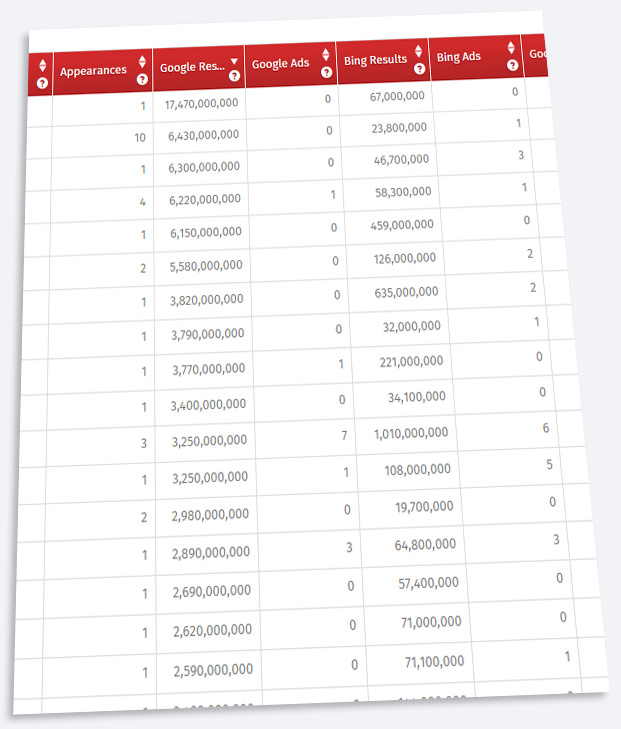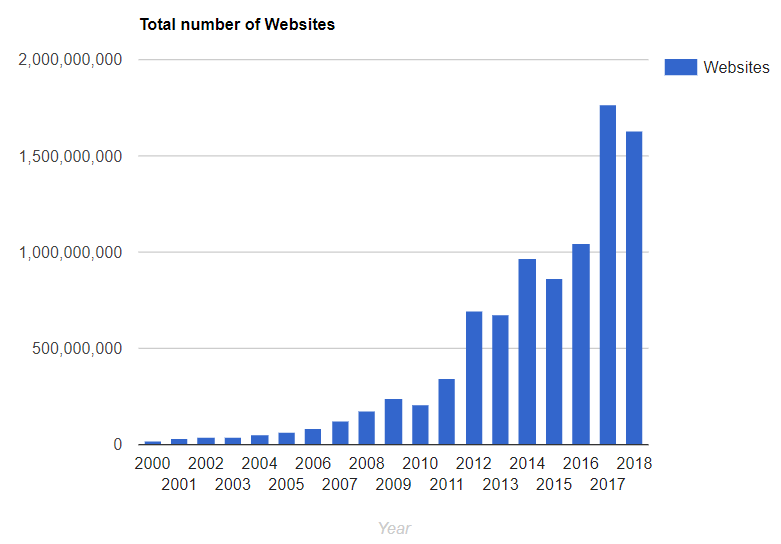 Having a website that isn’t ranking well within the major search engines is a problem for many businesses. As a sales tool, for virtually all businesses these days, a website is essential. For example, your word-of-mouth prospects will want to ‘check you out’ online, and your potential customers will be searching for your services on the internet. If you don’t have a website, you may be discounted at the first hurdle and even if you do, if you can’t find it using a simple search, you may as well not have a site. Therefore, the logical conclusion is often to spend time optimising the site to improve its usability and position within search results. The problem many people have, however, is where do you start with SEO?
Having a website that isn’t ranking well within the major search engines is a problem for many businesses. As a sales tool, for virtually all businesses these days, a website is essential. For example, your word-of-mouth prospects will want to ‘check you out’ online, and your potential customers will be searching for your services on the internet. If you don’t have a website, you may be discounted at the first hurdle and even if you do, if you can’t find it using a simple search, you may as well not have a site. Therefore, the logical conclusion is often to spend time optimising the site to improve its usability and position within search results. The problem many people have, however, is where do you start with SEO?
I’ve been working in digital marketing for more years than I care to remember and I often forget how non-digital marketers will often view search engine optimisation (SEO) as some sort of black-magic or witch-craft when in reality, it’s generally a case of understanding how the major search engines interact with a website and reverse engineering them to communicate effectively. As Google’s algorithm (as the biggest online search provider) becomes increasingly clever at understanding websites, the process of SEO will also generally help to provide a better website experience for your site visitors so there are other benefits to this activity too.
So where do we start? The first step if to understand what your potential customers or target audience are actually typing into the search box when they are looking for your products and services. In the ‘old days’ of print media, this step would generally require a focus group to provide you with some moderately accurate results, however, in the modern age, user behaviour is logged digitally and can be crunched on a huge scale to provide us with some very accurate information about what our audience is actually doing online including what they’re typing into Google, when they’re doing it, where they are (geographically,) and who they are. The words or phrases our potential customers are typing into the search engines when they’re looking for our products and services are generally referred to as ‘key words’ or ‘key phrases’
So how do we do this? There are many tools available online to provide us with the information we need on our key-phrases – some of these you may have heard of, such as, the Google Keyword Research Tools, Google Analytics, the Bing Keyword Research Tool, and Wordtracker and others you may have not heard of such as the SEM-Tool Keyword-Tool. I find keyword research generally starts off with a rough idea about the kinds of things our target audience will be typing into the search engine search box and the keyword research tools will return those phrases along with similar and relevant phrases you may not have considered. Apply a bit of behavioural psychology and common sense to the results and you can quickly build up a picture of what the audience are searching for.
Once a picture of the user behaviour has been established, (to cut a much longer story short) you simply apply these phrases to the site – both on-site and off-site – then sit back and monitor the increase in traffic and the increase in the proportion of qualified visitors.
For more information on search engine optimisation for your site, give us a call today on 0114 383 0711
